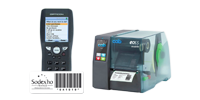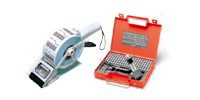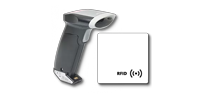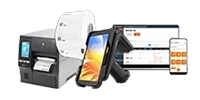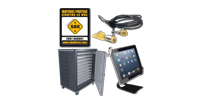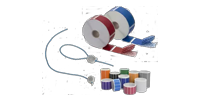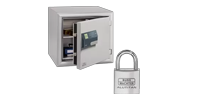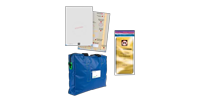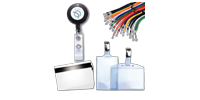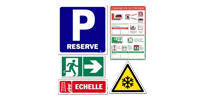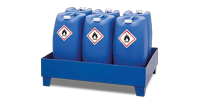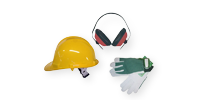Putting a label on to keep it in place for a long time requires a little more application than putting a piece of tape on. Here are some wise tips that will ensure the full satisfaction of your SBE labels.
Choosing high quality adhesive labels
First and foremost, choosing the right adhesive labels is essential if you want to identify your products and manage your stock over the long term without the risk of error or loss. For this purpose, we recommend our rolls of high-strength polypropylene or polyester adhesive labels. These labels are resistant to numerous handling operations as well as to various solvents and extreme temperatures thanks to their 3 layers of material: permanent adhesive, the label and the surface treatment on which your information is printed. For added security, you can opt for our destructible labels, which have an adhesive that crumbles when an attempt is made to remove it. This way, any fraud will be visible. Our VOID labels are also effective inventory labels as they report any attempted theft or break-in by leaving the word VOID OPENED written on the surface to which the label was attached. All you have to do is choose from our wide range of inventory labels according to your needs and budget.
The most important thing: a well prepared surface!
These instructions apply to all our labels and stickers, but do not apply to our products that are glued with special adhesives such as SBE Tamper-Proof Plate, for which specific instructions for use are provided. One of the most important aspects is the preparation of the surface on which you want to apply your label or sticker. It is on this preparation that the durability and good resistance of your label over time will depend.
In case you find it difficult to grip, it may be advantageous to use a light abrasive to increase the surface’s grip capacity. This abrasive can be a green household cleaning abrasive pad or a very fine sandpaper. Any residues will then have to be thoroughly cleaned up.
Then, it is important that the surface is clean, dust-free and above all well degreased. A classic window cleaner will do the trick. Wait until the surface is completely dry before applying the label. Be careful, however, any trace of soap or residual chemical product as well as any trace of moisture would make the adhesion much weaker. It is important then that the surface is well rinsed.
To make the surface even better prepared to receive the adhesive, we provide 3M degreasing wipes, which have the particularity of increasing the surface’s adhesion capacity. It is also necessary to wait until the surface is dry before applying the label, but this very "dry" product (alcohol-based) evaporates very quickly leaving no residue.
How to apply a label as a professional?
Be careful not to place your fingers on the adhesive surface of the label during application.
Namely: the tack of the adhesive, which gives the sticky appearance when you put your finger on the adhesive, is not a reliable indicator of the intensity of the adhesive. Some very dry adhesives do not stick very strongly at first, but become very powerful once applied.
What will guarantee the best grip of the label is the pressure exerted on it during application. This pressure should be as high as possible, especially at the edges. Be careful, however, not to use your nails or tools that could scratch the label if it is not protected by transparent protection.
That is to say: your label or sticker will only be really stuck after a minimum time of 72 hours, the time for the adhesive to polymerize (chemical transformation of the adhesives in contact with the substrate) and to follow as closely as possible the material of the surface (wetting). This is particularly important if you are performing tearing tests.

